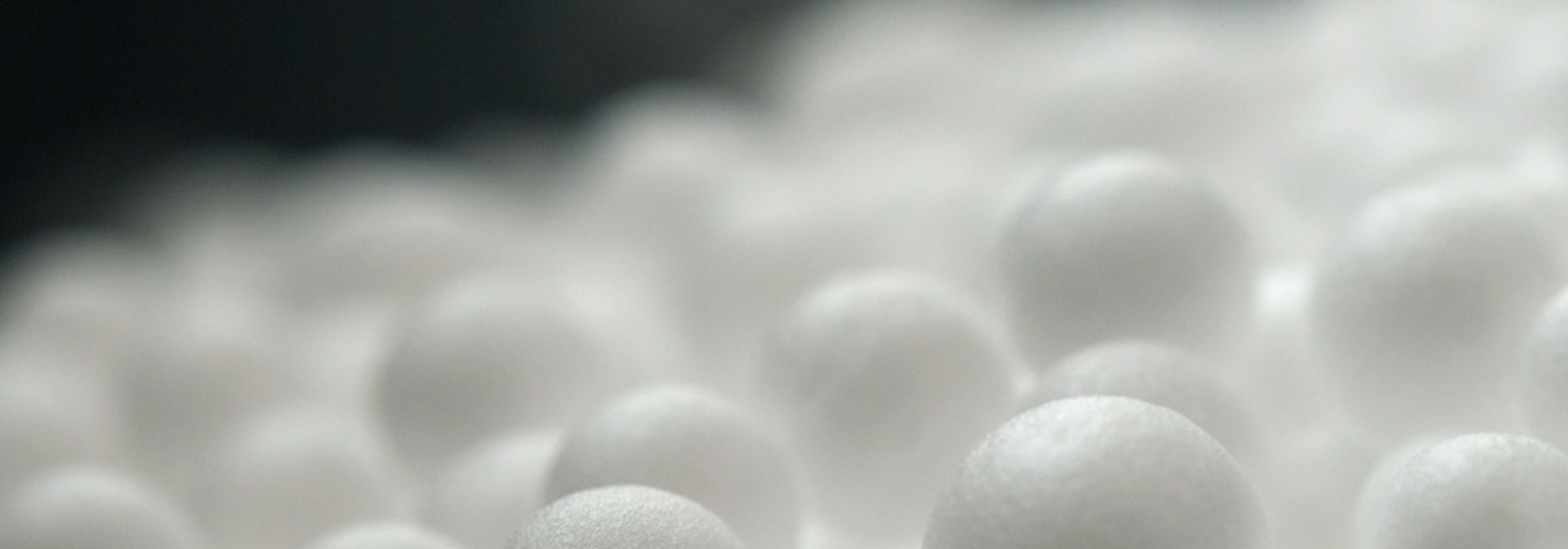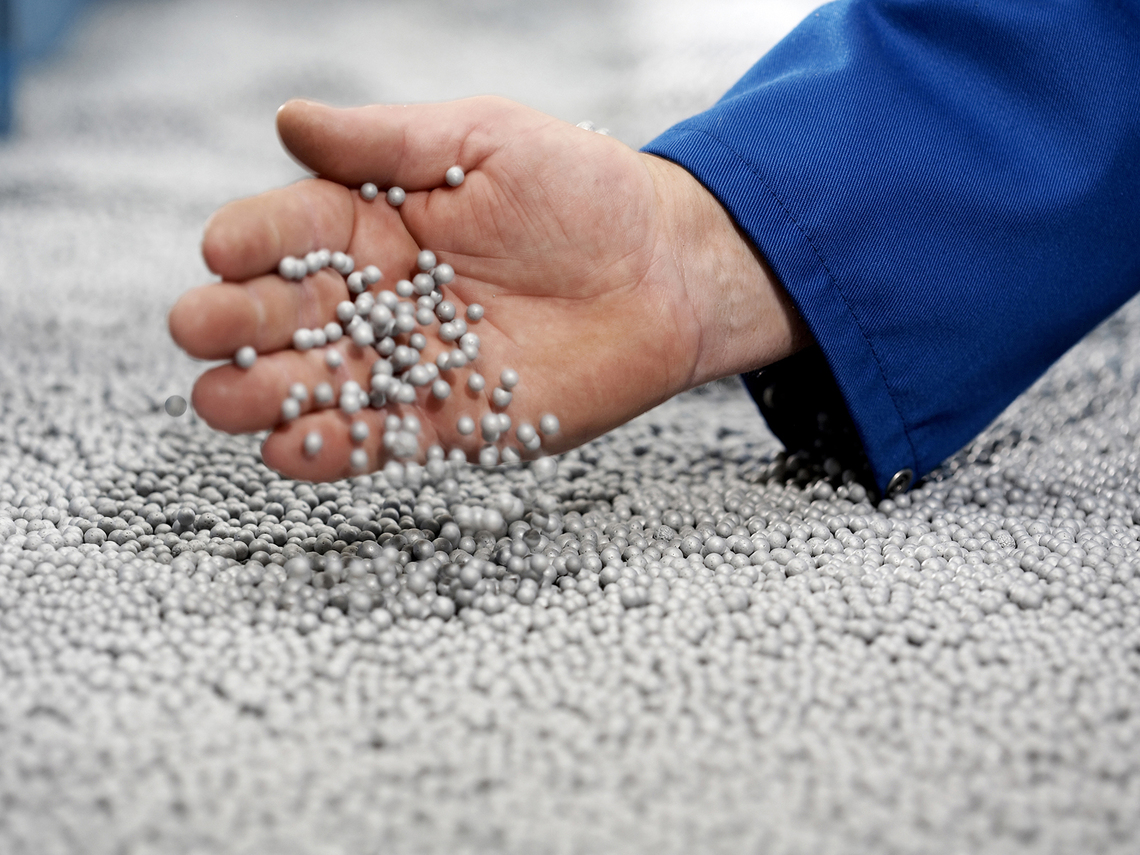
- Información general de la corporación Corazón de la corporación Visión & Filosofía Asociación Certificación Cultura de la empresa
- Nuestros servicios Diseño e Ingeniería Mantenimiento y Servicio Examinar la Línea de Producción Actualización y Transformación Almacenamiento y Logística Procesamiento y Comercio
- Administración Nuestra historia Responsabilidad global
- Centro de adquisiciones Pasantía
- Metal Productos de Aluminio Productos de Cobre Productos Revestidos de Metal Productos de Acero Inoxidable Productos de Acero Aleación Especial
- Construcción Rejilla de Acero Estante de Almacenamiento Estructura de Acero Puente de Acero Sistema de Andamios Material de Construcción Materiales químicos One Stop Solutions for Projects
- Contenedores Contenedor Estándar ISO Contenedor del Equipo Contenedor del Almacenamiento Casa de Contenedor Contenedor Frigorifico / Contenedor Aislado Contenedor Offshore
- Maquinaria Máquina de Formación Metálica Otras Máquinas Máquina de Corte de Metal Máquina de Procesamiento de Metal Máquina Dobladora Máquina de Bloqueo
- Productos Mecánicos Industria del Vehículo Miscelánea Equipo de Amarre Equipo Marino Recipiente de Presión
- Sistema Eléctrico Cable Eléctrico Automatización Distribución de Energía Sistema de Energía Solar Sistema de Protección Eléctrica Transformador Línea de Producción Sistema de iluminación
- Accesorios Médicos Productos de Alimentación Productos de Vía Respiratoria Productos de Enfermería Productos de Inyección
- Maquinaria de construcción
- Proyecto EPC
- Oleoducto
- Tubería de agua
- Gasoductos
- Accesorios para Barcos y Amarres
- Metal para decoración
- Componentes de transformadores
- Tubo del Intercambiador de Calor
- Repuestos y Accesorios de Aire Acondicionado
- Caldera
- Electrodomésticos para Cocina y Baño
- Metal para Electrodomésticos
- Aparato de Energía Solar
- Ascensor
- Techos y Cubiertas
- Cable
- Tanques
- Embalaje
- Partes y Accesorios de Maquinaria y Equipos
- Molde
- Partes de Automóvil
- Carriles y Rieles de Grúa
- Accesiorios de Hardware
- Abrasivo
- Equipo de Construcción de Carreteras
- Componentes Electrónicos
- Materiales de construcción y decoración
- Puertas y Ventanas
- Refrigeradores
- Comunicado de prensa Noticias de la Industria Metálica Noticias de Maquinaria y Equipo Noticias de Construcción y Obra Noticias de Productos Mecánicos Noticias de Contenedores Noticias de Sistema Eléctrico Noticias de Accesorios Médicos
- Mediateca Videos Imágenes Seguir las redes sociales de Shanghai Metal
What does expandable polystyrene tell us and what is it made from?
Expanded Polystyrene (EPS) is a rigid cellular plastic that is made from expandable polystyrene that contains an expansion agent. It is most commonly used for packaging foodstuffs, medical supplies, electrical consumer goods and insulation panels for building.

What is Expandable Polystyrene made from?
Polystyrene is extracted from oil. Thousands of small units of styrene, called monomers, link together to form large molecules of polystyrene by a process called polymerization.
The Expandable Polystyrene (EPS) production process uses a pure hydrocarbon, which does not contain any halogens and does not damage the earth's protective ozone layer, as the expansion agent.
Properties
EPS has been a material of choice for over half a century because of its technical versatility, performance and cost effectiveness. It is widely used in many everyday applications where its light weight, strength, durability, thermal insulation and shock absorption characteristics provide economic, high performance products.
Light weight
EPS is an extremely lightweight material which is not surprising considering it is comprised of ~95% air. This characteristic makes it ideal for use in packaging as it does not significantly add to the weight of the total product thereby reducing transportation costs. Energy consumption for transport fuel is also reduced and vehicle emissions minimised – all contributing to lower global warming.
Durability
The exceptional durability of EPS makes it an effective and reliable protective packaging for a wide range of goods. The cellular structure of EPS makes it dimensionally stable and therefore does not deteriorate with age. EPS is also odourless and non-toxic.
Moisture resistance
EPS is a closed cell material and does not readily absorb water. There is no loss of strength in damp conditions, making EPS ideal for cool-chain products. The material is moisture resistant, so the highest hygiene requirements are met. The ability of EPS to resist moisture also lends itself for use in fishing floats and marina buoys. Even when subjected to prolonged saturation in water, EPS will still maintain its shape, size, structure and physical appearance with only a slight reduction to its thermal performance.
Thermal efficiency
The superior thermal efficiency of EPS makes it ideal for packaging any product that is sensitive to temperature change. Products enclosed in EPS containers can be maintained for long periods at temperature above or below ambient conditions and can be protected from sudden temperature changes that can occur in the transport through different climatic zones. Examples include fresh produce and seafood as well as pharmaceutical and medical products.
Shock absorption
EPS exhibits excellent shock absorbing characteristics making it the first choice for packaging of a wide range of products including appliances, electronic products, computers and chemicals.
Versatility
EPS can be manufactured to almost any shape or size, or it can be easily cut and shaped when required to suit any application. EPS is also produced in a wide range of densities providing a varying range of physical properties. These are matched to the various applications where the material is used to optimize its performance. In addition, EPS is also compatible with a wide variety of materials.
Ease of use
For building and construction applications, EPS is considered to be one of the easiest materials to install on site. It is normally supplied in sheet form however can also be molded into shapes or in large blocks.

ESP is produced in a three stage process:
Pre-expansion
Upon contact with steam the pre-foaming agent found within the polystyrene beads starts to boil and the beads are expanded to between 40 to 50 times their original volume.
Conditioning
After expansion the beads undergo a maturing period in order to reach an equilibrium temperature and pressure.
Moulding
The beads are placed within a mould and again reheated with steam. The pre-foamed beads expand further, completely fill the mould cavity and fuse together. The beads are moulded to form blocks or customised products. When moulded, nearly all the volume of the EPS (~98%) is air.
Applications
Building & Insulation applications
EPS resins are among the most popular materials for building and construction applications. EPS insulation foam are used in closed cavity walls, roofs, floor insulation and more. With its excellent price/performance ratio EPS is also used in pontoons and road construction. In addition to its traditional insulation application in the construction industry, EPS foam also finds a wide use in civil engineering and building: road foundations, void forming, flotation, drainage, impact sound insulation, modular construction elements, cellular bricks, etc. They all exploit the excellent mechanical properties of EPS combined with fast construction / assembly and low subsequent maintenance.
Packaging applications
Eggs, meat, fish and poultry. Icy beverages or complete dinners. Every one of these items are securely pressed with EPS bundling materials; by doing as such waste of nourishments is avoided. In the western world a blend of good bundling, refrigeration and transportation guarantees that exclusive two percent of nourishment is lost through deterioration, contrasted and 50 percent in creating nations.
Regardless of what your items bundle, EPS have for some time been perceived as a flexible and financially savvy answer for sustenances and products bundling.
Other applications
Apart from the typical application in construction and packaging, EPS protective qualities can also be used in crash helmets - protecting the heads and potentially the lives of cyclists or into surface and other decoration ranging from simple printing of a brand name to an elaborate pictorial representation achieved by mould engraving, or for fun and sports with e.g. windsurfing board.